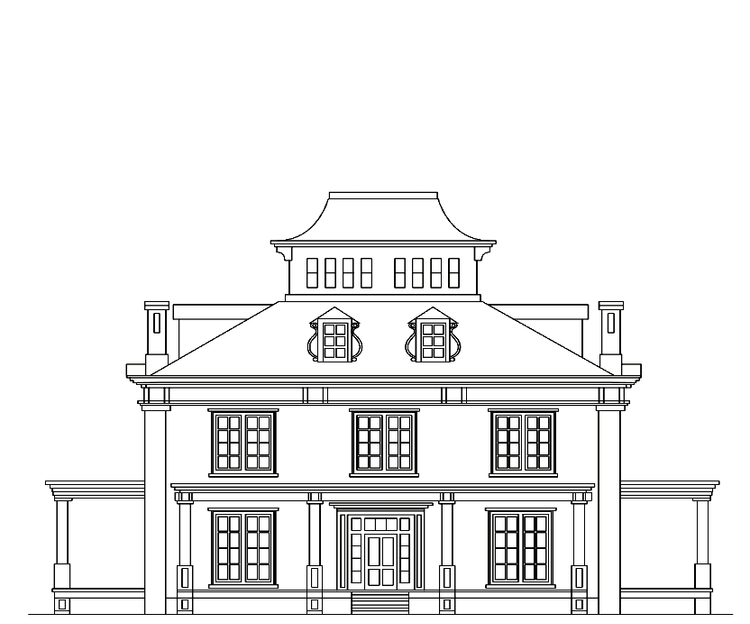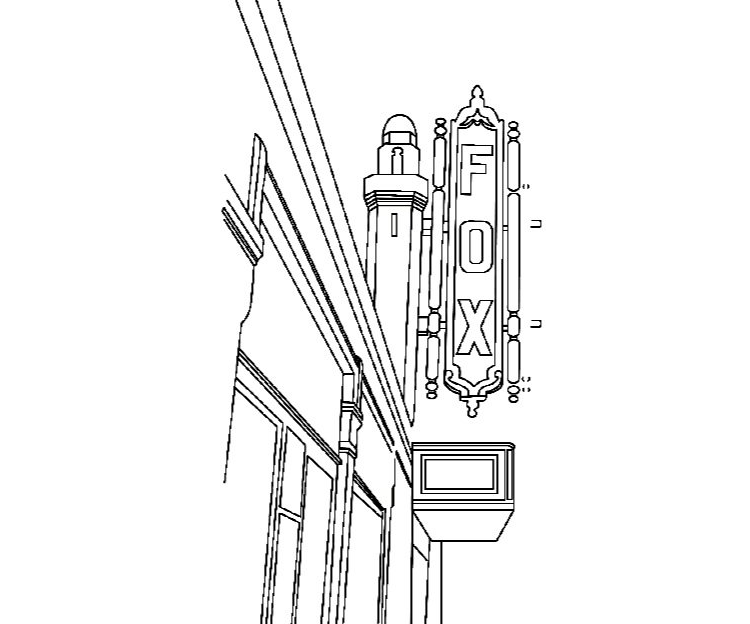

Compass Atlanta is excited to introduce you to the Atlanta Legacy Trail! What started as a partnership between Compass Real Estate and students at SCAD Atlanta has become a digital experience designed to take you on an exciting and informative journey through Atlanta’s storied past. Click on each property to learn about its unique history, details about its architecture, and stories of the people who breathed life into its walls. You can also find out when and how you can visit each property in person to learn more. On each virtual stop of the tour, you’ll find beautiful imagery supported by both written and audible narratives. If this leaves you wanting to learn more, each location lists hours of operation and directions for visiting in person.
If you go, be sure to share your experience on Instagram and tag @atlantalegacytrail / #atlantalegacytrail

01. SCAD IVY HALL

02.Rhodes Hall

03. The Trolley Barn

04. THE WREN'S NEST

05. MLK JR. Birth Home

06. 716 WEST

07. William Root House

08. OMHS Log Cabin

09. L.P. Grant Mansion

10. The Fox Theatre




